

To find the exact phrase, put the words in quotes or join them together with a plus sign e.g. live+recording or "live recording".
To find, say, all live recording articles that mention Avid, enter: live+recording +avid - and use sidebar filters to narrow down searches further.

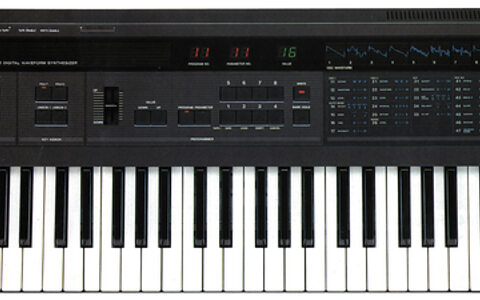
Paul Ward reintroduces an instrument now widely neglected on account of its 'digital' tag, and argues that it still has much to recommend it.

Korg have dominated the top-end workstation market for several years with their Triton range, but apart from the rack version, there have been no lower-priced spin-offs. The Triton Le keyboard changes that, offering many of the Triton's powerful features at a more affordable price.

If you want to do serious post-production work in Pro Tools but you can't stretch to an HD system, Digi's new DV Toolkit 2 could be the answer.

The Edirol R09 is one of the most stylish and compact digital recorders on the market - but is it as accomplished as it is good looking?

Another batch of hot plug-ins get installed and tested.

For the newcomer, mixing a multitrack recording can seem overwhelmingly complicated. The key is never to lose sight of the basic principles...

Everyone performs better when they can hear exactly what they need in their headphones. After our guide to simple DP monitor mixing options last month, we follow up with ideas for those with more complex monitoring requirements.

Roland were one of the stars of the recent NAMM show, launching a jaw-dropping array of new products, including three new 'Expandable' keyboards in the JV line. David Crombie looks at two of them.

Think your own music is good? Listen to these tracks from SOS readers and see whether you agree with the good Doctor's prognosis...

When 'close enough' is just not good enough, you need a strobe tuner. Too expensive? Too bulky? Not when it's this palm-sized 'virtual' strobe.

Following hot on the heels of the TS10, the weighted 76-note keyboard and improved features of the TS12 make it a hot contender for 'top workstation'. David Crombie passes judgement.
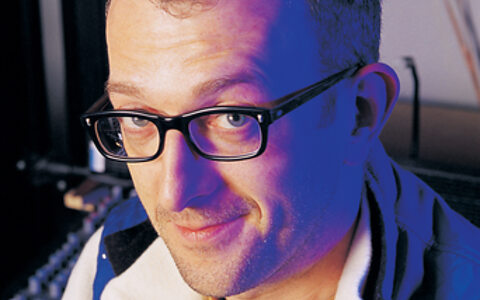
The standout track from Dido's debut album No Angel is known to millions as a TV theme, and is now a smash hit single in the UK. Sam Inglis talks to Pascal Gabriel, who co-wrote 'Here With Me' with Dido and his colleague Paul Statham, and programmer James Sanger, who helped to shape the final version.

Apple have made over 200 improvements to their flagship music production bundle. Can they win over new friends while keeping Logics core user base happy?
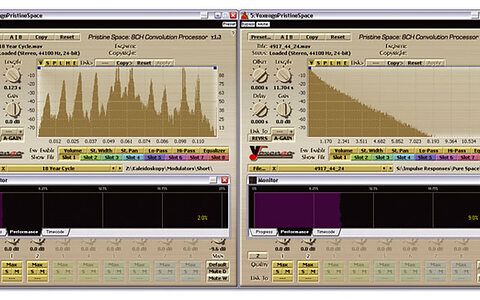
Although convolution is often associated with high-end reverb processing, this technology makes many other new sounds available to you once you understand how it works.

Recording a passable acoustic guitar sound is fairly easy, but how do you get a great sound? We tried and tested tips and techniques from the worlds most celebrated producers and engineers to show you how...
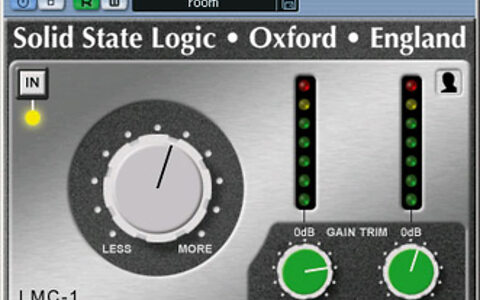
It's a tall order this month, as we're asked to remix a reader's recording to sound like a big-budget Bond theme!

A few famous names have been co-opted by Korg to contribute to their first extra sound set for the Z1 physical modelling synth. Derek Johnson lends an ear.
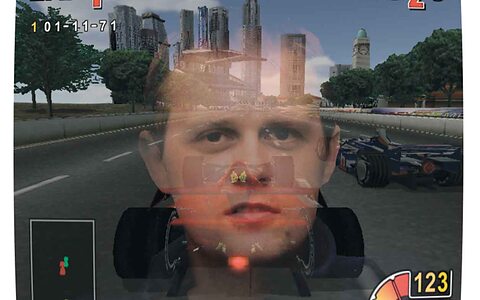
Gez Gourley specialises in creating sound for console games - whether it be orchestral music or crashing cars...

Nowadays, we expect software to be able to change the tempo of recorded audio, but the latest version of Pro Tools integrates this functionality in a new and impressive fashion.